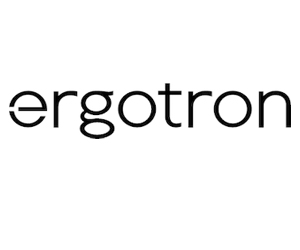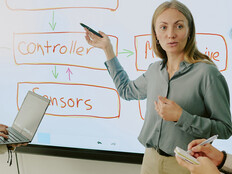I do not learn well with flags and alerts and 10 screens and 20 kinds of software to figure out; I will not perform at my best. I’ll get anxiety. I’ll get stressed. If I’m overwhelmed, I am not going to be at my best.
TAMMINEN: I agree you can have too much digital technology in the classroom. I would also focus on the social aspect of learning.
You don’t want your kids sitting at a device, much like we as parents don’t want our children on their devices all day long at home. You want them out playing and interacting, and to grow up in an environment where they’re going to collaborate, not only with other students but also with the teacher.
You want to have those analog, traditional interactions that are not based on the technology. It’s got to be a balanced approach. If we feel comfortable working with those around us, we work better.
EDTECH: How can schools balance analog and digital learning tools?
TAMMINEN: We see schools taking a couple of different approaches.
One is a blended approach, where they’re deliberately using a combination of analog traditional teaching methods and digital tools throughout the coursework and the planning. That’s the most common approach — the National Education Association has reported that about 72% of schools use blended learning strategies — and it’s becoming more prevalent. I think it’s an easier adoption path to take that step and naturally integrate technology as it evolves.
Click the banner to design a modern learning environment that meets students’ needs.













